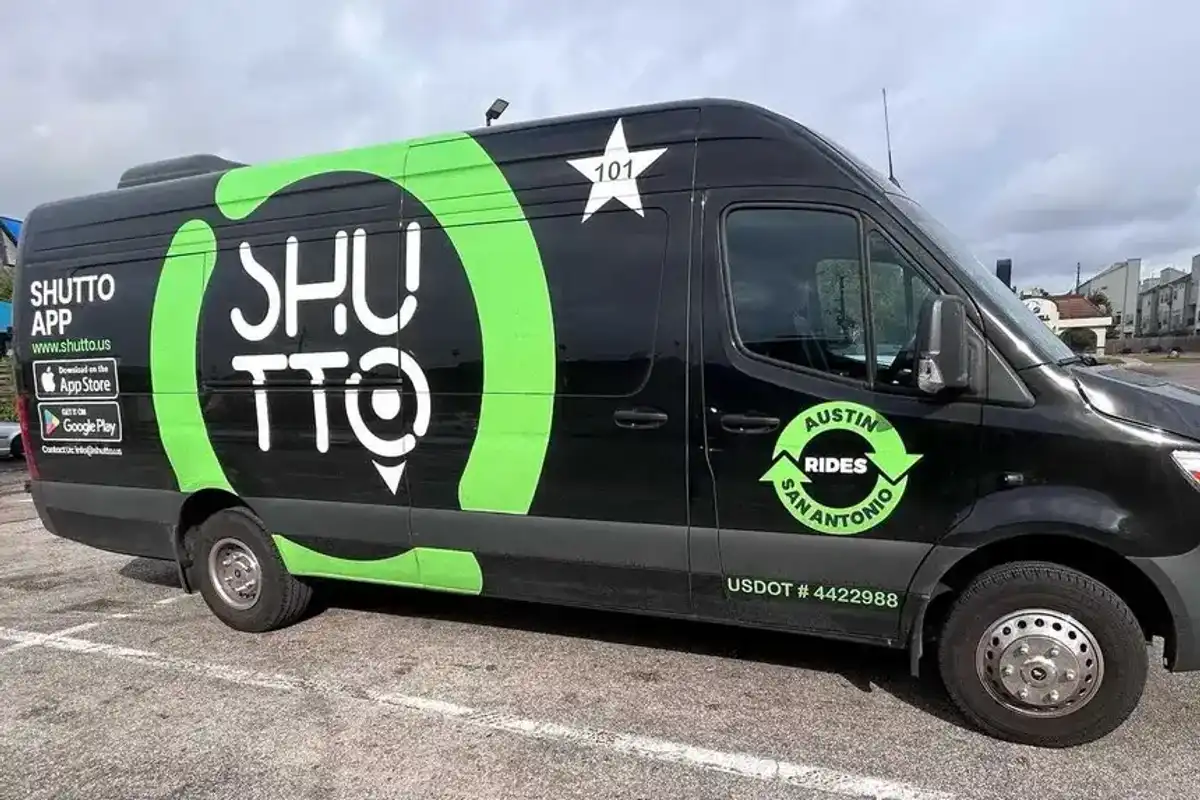Research notes: Tips for navigating federal funding from the lab to the internet
houston voices
Every researcher needs a Digital Persistent Identifier.
As a researcher, what is more important to you than a record of your research and scholarship? A Digital Persistent Identifier, or DPI, distinguishes you and your work from that of your peers – and having one will be mandated for those receiving federal funding. Let’s take a deeper look at why this number is so important. We’ll also compare the different platforms— ORCID, Web of Science, Scopus and Google Scholar — so that you can be sure your publications, presentations, peer reviews and even information about who is citing you are being properly stored and accessed.
ORCID
There are many types of profiles and DPIs that can meet your needs, but there’s no silver bullet. Placing your work onto multiple platforms is necessary according to Andrea Malone, Research Visibility and Impact Coordinator at UH Libraries. She cautions researchers to “be realistic about how many identifiers you can maintain.”
The most popular is ORCID, which stands for Open Researcher and Contributor ID. It’s free to set up, and there is no chance of accidentally or on-purpose having multiple ORCID accounts – it’s assigned to you like a social security number and follows you, the researcher. This comes in particularly especially handy for researchers with common names.
An identifier is federally mandated for those receiving governmental funds. It is not specified that ORCID must be that identifier. For example, according to Malone: “a Web of Science profile also assigns an identifier, which would also satisfy the mandate.” But most researchers choose ORCID because it’s publicly available with no access restrictions.
While an ORCID number is free for researchers, there is a subscription fee for an institution to be associated with ORCID. Information will not pre-populate in an ORCID profile and it doesn’t track citation counts – it only shows what you put in. There are, however, linking wizards that allow you to link from Web of Science and Scopus to your ORCID account. If you choose this option, citations will automatically populate in your ORCID profile. It’s up to the researcher to doublecheck to be sure the information has automated, however.
Google Scholar
Google Scholar is a profile, not an identifier, so it does not comply with federal funding requirements. It is free, however, and it pulls from the open web. You can choose to have your list of articles updated automatically, review the updates yourself or manually update your articles at any time. Google Scholar also specifies which articles are open access. A PDF or HTML icon will appear on the righthand side of each citation for one to download articles.
Web of Science Vs. Scopus
Scopus is known for covering more journals and a wider range of metrics to evaluate research impact than Web of Science. Different platforms are a go-to for certain disciplines – for example, Web of Science is usually associated with hard sciences, although investigators in the social sciences and humanities also place their work on this platform from time to time. It’s a good idea to check out which platforms others in your discipline are using for their profiles.
Staying up-to-date
Of course, DPIs don’t work as intended unless researchers keep their profiles current. That means you need to check your profile after every publication and every time you switch to a new institution. Just as you would update your CV, you must update your ORCID or other DPI profile.
One tactic Malone suggests is setting a schedule either biweekly or monthly to check all your profiles. “One thing that’s helpful is that with all of them, you can set up alerts and create an alert as often as you want,” Malone goes on. “At that time, the program will scrawl the content within the source and alert you to anytime any of your publications appear in their database.”
The Big Idea
No one tool can paint a complete picture of all your scholarship. Be strategic and intentional about which platforms you use. Consider your audience, the platforms others in your discipline use and make sure you have an ORCID profile to comply with the federal mandate. But be careful not to sign up for more than you can feasibly maintain and keep current.
------
This article originally appeared on the University of Houston's The Big Idea. Sarah Hill, the author of this piece, is the communications manager for the UH Division of Research.





